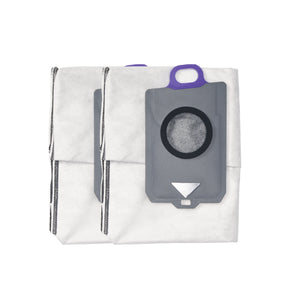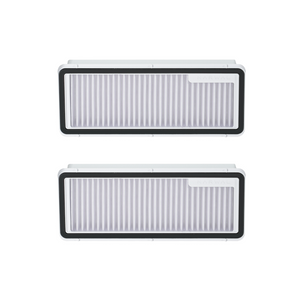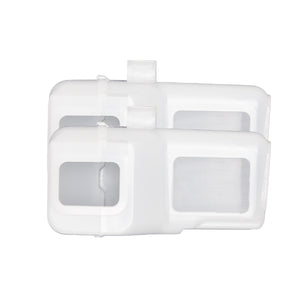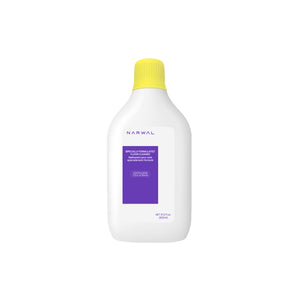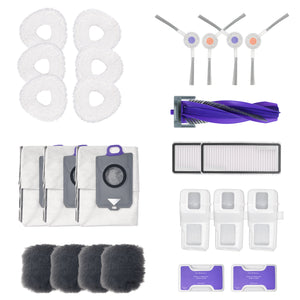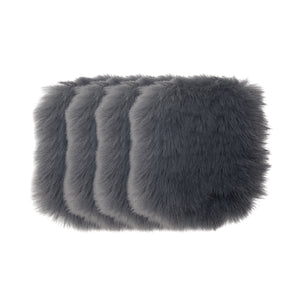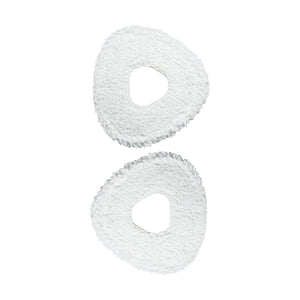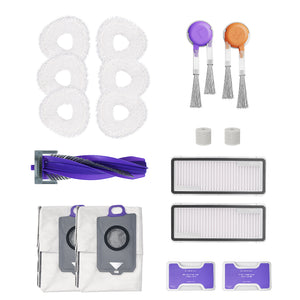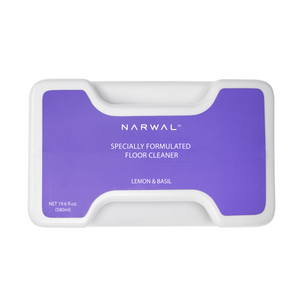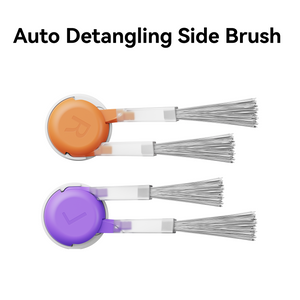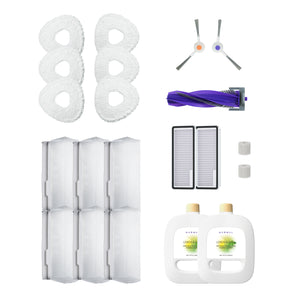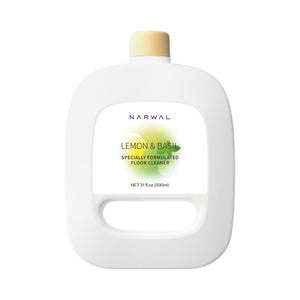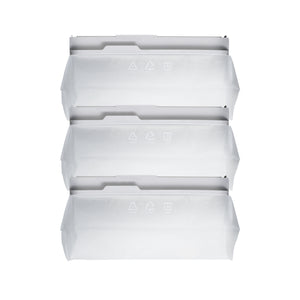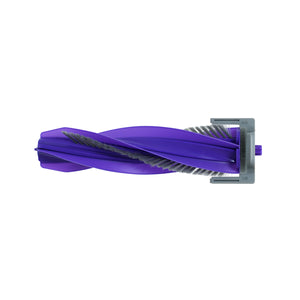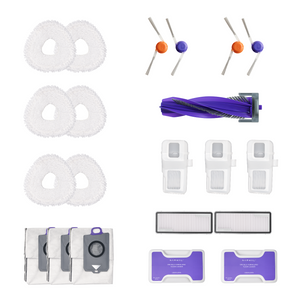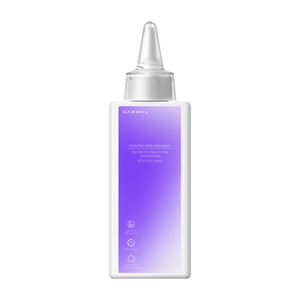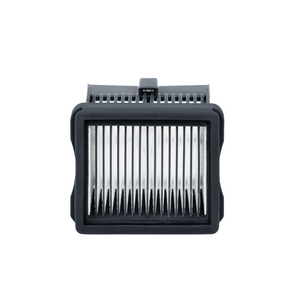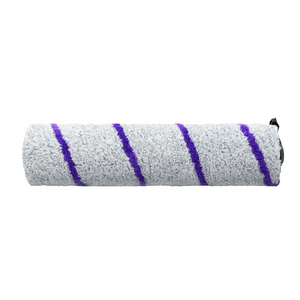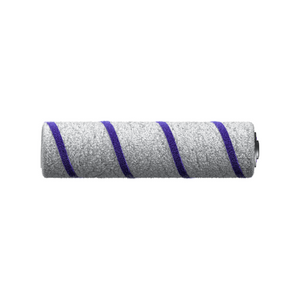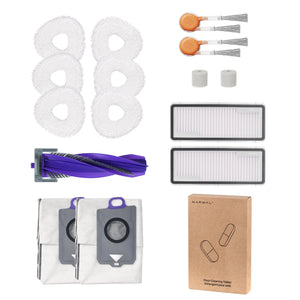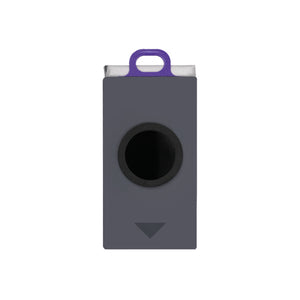Yes—robot vacuums can help reduce allergy symptoms by removing common indoor allergens like dust mites, pet dander, and pollen. In this article, we’ll explain how these devices work, what technologies matter most (like HEPA filtration and mopping systems), and how smart cleaning routines support better indoor air quality—especially for allergy-sensitive households.
How Robot Vacuums Reduce Indoor Allergens and Improve Air Quality?
Robot vacuums reduce indoor allergens by capturing fine particles through HEPA filtration, extracting debris with strong suction, and reaching areas where allergens accumulate. Their ability to clean regularly and consistently makes them especially effective for improving air quality in homes with pets, carpets, or allergy-sensitive individuals.
Why Suction Power Affects Allergen Removal
Strong suction isn’t just about picking up visible debris—it’s essential for extracting allergens embedded in carpets and cracks. Robot vacuums with higher Pa ratings can pull up dust, hair, and fine particles that otherwise stay trapped in fibers and corners.
Without strong suction, even a good filter may miss contaminants before they’re captured.
The Role of Mopping in Allergen Control
Vacuuming alone may leave behind fine residues or stuck-on allergens. That’s where mopping helps: by applying pressure and water, robot mops remove additional pollen, dander, and surface grime from hard floors.
Advanced robots use sensors to detect dirt levels and automatically scrub longer where needed. The result? A cleaner floor that leaves less behind to trigger allergy symptoms.
Cleaning Where Allergens Hide
Allergens love undisturbed areas—under furniture, along baseboards, and in tight corners. Robot vacuums with slim designs and smart navigation can reach these spots consistently.
By mapping your space and avoiding obstacles, they reduce the chance that dust accumulates in hard-to-clean areas, something manual cleaning often overlooks.
Why Consistent Cleaning Matters More Than Power Alone
Manual vacuuming once a week isn’t enough to control allergens. Robot vacuums allow for daily or scheduled cleaning, which reduces dust buildup and airborne irritants over time.
Regular routines, especially in high-traffic or pet-heavy areas, maintain cleaner conditions and help allergy sufferers feel better day to day.
While a traditional HEPA vacuum is often used for deep cleaning carpets, robot vacuums offer the benefit of frequent, hands-free cleaning—ideal for maintaining lower allergen levels between manual sessions.

How Do Narwal Robot Vacuums Help Reduce Allergens?
Narwal robot vacuums reduce allergens by combining strong suction, anti-tangle design, and HEPA-level filtration with precise mopping and smart navigation. Together, these technologies capture and remove airborne particles, pet dander, and floor allergens—especially in homes with pets or sensitive users.
Captures Pet Dander and Dust With 11,000Pa Suction
The Narwal Freo X10 Pro delivers 11,000Pa of suction power, removing over 99% of particles from hard floors—including allergens like pollen, pet dander, and fine dust.
Zero-Tangle Brushes Prevent Recontamination
Its DualFlow Tangle-Free System uses a dynamic V+II shaped side brush and a floating roller to lift and guide hair directly into the dustbin. No clogs, no tangles—just efficient allergen capture, especially for long-haired pets.
Mops to Remove Stubborn, Allergen-Holding Residue
With 8N downward pressure and 180 RPM scrubbing, Freo X10 Pro’s patented triangular mop removes dried stains and fine residue that vacuums might miss. It also cleans along walls and toe-kicks, areas where allergens tend to collect.
[cta:narwal-freo-x10-pro-robot-vacuum-mop]
Keeps Dust Sealed During Disposal
Dust is stored in a sealed HEPA dust bag and compacted using auto-compression, which prevents allergens from escaping when emptied. The base self-cleans and heat-dries mops with 104°F air to avoid mold or odors—common asthma triggers.
Smart Scheduling Keeps Air Cleaner, Longer
You can schedule daily or zone-specific cleans using the app. Freo Advice 1.0 analyzes room dirtiness and automatically boosts suction or scrubbing based on real-time conditions—keeping allergen levels low consistently, with no manual input. Narwal’s smart vacuums integrate several allergen-reducing features, which may support better air quality when used regularly, especially in homes with pets or allergies.

The Bottom Line
Used regularly, robot vacuums can help reduce allergen exposure at home by capturing fine dust, pet dander, and pollen from floors and corners. Models with HEPA filtration, smart scheduling, and mopping systems are particularly useful for maintaining cleaner air and surfaces—especially in homes with pets or allergy-sensitive individuals. Narwal’s robot vacuum lineup incorporates these features to support healthier indoor environments.
FAQs
What Additional Tips Are for Maximizing Allergy Relief?
To create an allergy-friendly environment, consider using mite-resistant bedsheets, keeping windows closed during allergy seasons to block pollen, improving ventilation with exhaust fans, regularly cleaning bedding and upholstery, and using air purifiers with HEPA filters for cleaner air.
How Often Should Robot Vacuums Be Used?
For optimal allergen control, run it three to four times a week. If you own pets or reside in a dusty or pollen-heavy environment, using the vacuum daily might be essential.
Should You Sleep with the Robot Vacuum On?
No. Sleeping with a robot vacuum on is not advisable due to potential noise and operational interruptions. Schedule its use during the day or when you’re away to avoid disturbances and ensure effective cleaning.
Do Robot Vacuums Actually Improve Air Quality or just Clean Floors?
They do both. Robot vacuums not only remove surface dust and debris but, when equipped with sealed HEPA filtration, also prevent fine allergens from being recirculated into the air. This makes them helpful for improving indoor air quality over time.
Is a HEPA Filter Enough to Manage Allergies, or does Suction Power Matter Too?
Both are essential. A HEPA filter traps tiny allergens, but without strong suction, those particles may never reach the filter. The best allergy-focused robot vacuums combine powerful suction with advanced filtration to reduce allergen exposure effectively.
Can Robot Vacuums Help with Seasonal Allergies Like Pollen Indoors?
Yes. Pollen can settle on floors and soft surfaces, especially near doors and windows. Robot vacuums that run frequently can remove pollen particles before they spread, offering relief during high-pollen seasons.





















